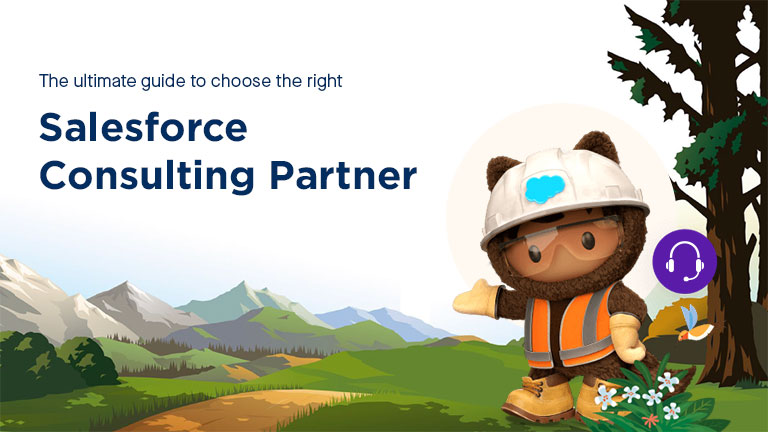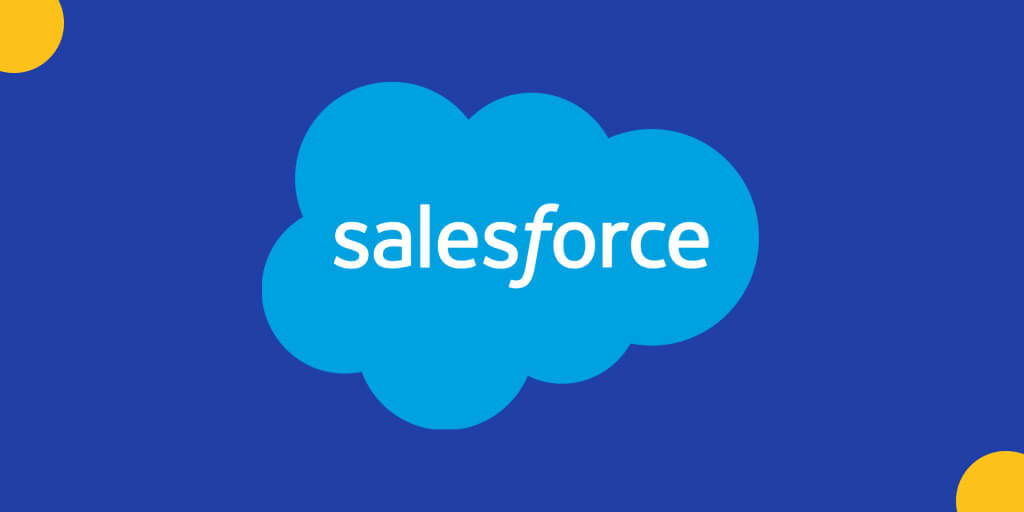Salesforce has become an indispensable tool for businesses looking to streamline operations, enhance customer relationships, and drive growth. However, implementing and optimizing Salesforce solutions requires specialized expertise. That’s where a Salesforce consulting partner comes in. Choosing the right consulting partner can make a significant difference in your business’s success. This guide will walk you through key considerations and best practices to help you make the right choice.
Why You Need a Salesforce Consulting Partner
A Salesforce consulting partner in London provides expertise in implementing, customizing, and optimizing Salesforce solutions to align with your business needs. Key benefits include:
- Expert Guidance: Professional consultants bring industry best practices and technical expertise.
- Customization: Tailor Salesforce to your specific business processes.
- Efficient Implementation: Reduce deployment time and avoid common pitfalls.
- User Training & Support: Ensure employees can effectively use Salesforce tools.
- Ongoing Optimization: Keep up with Salesforce updates and evolving business needs.
Key Factors to Consider When Choosing a Salesforce Consulting Partner
1. Salesforce Certification & Expertise
Check if the consulting partner holds official Salesforce certifications, such as:
- Salesforce Certified Administrator
- Salesforce Certified Developer
- Salesforce Certified Consultant (Sales, Service, Marketing Cloud, etc.)
Certified partners demonstrate technical proficiency and a deep understanding of Salesforce solutions.
2. Industry Experience
A consultant with experience in your industry can provide tailored solutions and insights. Look for case studies and testimonials that highlight their success in working with businesses similar to yours.
3. Customization & Integration Capabilities
Your business may require custom workflows, third-party integrations, or API connectivity. Choose a partner with a strong track record in:
- Custom Salesforce Development
- Integration with Existing Systems (ERP, CRM, eCommerce, etc.)
- AppExchange Solutions
4. Client References & Reviews
Request client references and check online reviews on platforms like Salesforce AppExchange, Clutch, or G2. Positive feedback from past clients can indicate reliability and service quality.
5. Implementation Approach & Methodology
A good partner should have a well-defined implementation process, including:
- Discovery & Requirement Analysis
- Solution Design & Prototyping
- Agile Development & Testing
- Deployment & User Training
- Post-Implementation Support
6. Support & Maintenance Services
Salesforce requires continuous monitoring and optimization. Ensure the consulting partner offers post-implementation support, including:
- Troubleshooting & Bug Fixes
- System Upgrades & Enhancements
- User Training & Adoption Strategies
7. Pricing & Contract Terms
Consulting fees vary based on experience, scope, and project complexity. Consider:
- Fixed vs. Hourly Pricing
- Scope of Services Included
- Flexibility in Scaling Services
Choose a partner with transparent pricing and flexible engagement models that suit your business needs.
Steps to Select the Right Salesforce Consulting Partner
- Define Your Business Goals & Salesforce Needs – Identify key areas where Salesforce can improve efficiency and drive growth.
- Shortlist Potential Partners – Research consulting firms based on certifications, experience, and client reviews.
- Request Proposals & Conduct Interviews – Evaluate their approach, methodologies, and fit for your business.
- Check References & Past Work – Speak with previous clients to understand their experiences.
- Evaluate Pricing & Engagement Models – Choose a partner that offers value for your investment.
- Start with a Pilot Project – Test their capabilities with a small project before committing long-term.
Also read : Factors That Need To Be Considered While Choosing Small Business CRM
Final Thoughts
Choosing the right Salesforce consulting partner in London is crucial for maximizing your Salesforce investment. By focusing on expertise, experience, integration capabilities, and support services, you can find a partner that aligns with your business goals and ensures a successful Salesforce implementation.
At Winklix, we specialize in Salesforce implementation, customization, and support services tailored to your business needs. Contact us today to learn how we can help you leverage Salesforce for success.




